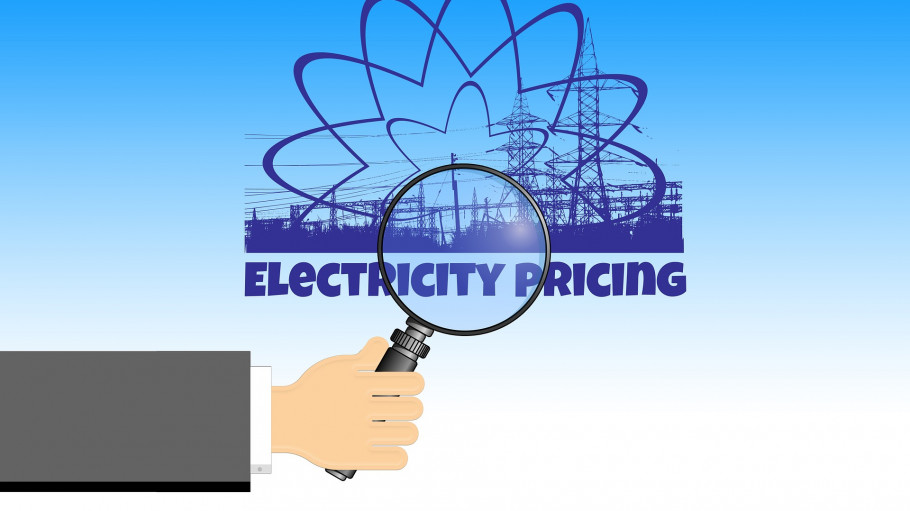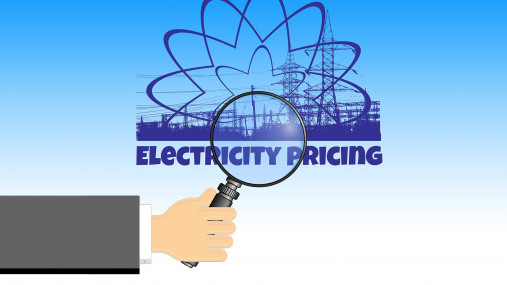
Press releases » EUROFER calls for a deeper EU Electricity Market Design reform that delivers internationally competitive fossil-free energy for industry’s decarbonisation
EUROFER calls for a deeper EU Electricity Market Design reform that delivers internationally competitive fossil-free energy for industry’s decarbonisation
Downloads and links
Recent updates

Brussels, 14 March 2023 – The revision of the Electricity Market Design (EMD) risks becoming another missed opportunity to secure cost-competitive fossil-free electricity and to introduce solutions providing swift relief to energy-intensive sectors exposed to global competition. It remains unclear how industrial energy consumers will be able to access the large quantities of renewable and low-carbon electricity needed for their decarbonisation in the coming years, says the European Steel Association following the publication of the European Commission’s reform proposal on the EMD.
“The European electricity market is experiencing a significant price shock, just when our steelmakers accelerate their decarbonisation efforts by increasing exponentially direct and indirect electrification”, stressed Axel Eggert, Director General of the European Steel Association (EUROFER). “This review is the last chance to urgently boost power capacity volumes while ensuring affordability and sustainability objectives. Yet, in its current form it falls short on industry’s and society’s expectations. A deeper and more comprehensive approach is required and we are committed to cooperating with co-legislators to deliver such result”, pointed out Mr. Eggert.
Today, the steel sector consumes around 75 TWh of electricity annually. Looking ahead, the transition to breakthrough low-carbon technologies will raise significantly such electricity consumption to around 160 TWh already by 2030 and to 400 TWh by 2050.
This is why the reform should strive to ensure affordable prices in electricity short-term markets, improve access to long-term contracts and risk mitigation options (i.e., Power Purchase Agreements and hedging contracts) for energy intensive industries. At the same time an effective and timely redistribution of excess market revenues in support of European consumers is necessary.
“The experience of the last months shows that long term markets are linked to the short-term markets pricing signals and unable to effectively provide a structural solution for energy-intensive industries. Therefore, all options concerning the functioning of the wholesale market need to be assessed in the reform in order to improve the overall cost effectiveness of the energy system”, concluded Mr. Eggert.
For as long as necessary, other non-market-based instruments to support the competitiveness of industry exposed to global competition should be also allowed, such as regulated electricity tariffs for EIIs, or exemptions and derogations from levies and taxes.
Contact
Lucia Sali, Spokesperson and Head of Communications, +32 2 738 79 35, (l.sali@eurofer.eu)
About the European Steel Association (EUROFER)
EUROFER AISBL is located in Brussels and was founded in 1976. It represents the entirety of steel production in the European Union. EUROFER members are steel companies and national steel federations throughout the EU. The major steel companies and national steel federation of Turkey and the United Kingdom are associate members.
The European Steel Association is recorded in the EU transparency register: 93038071152-83.
About the European steel industry
The European steel industry is a world leader in innovation and environmental sustainability. It has a turnover of around €125 billion and directly employs around 310,000 highly-skilled people, producing on average 153 million tonnes of steel per year. More than 500 steel production sites across 22 EU Member States provide direct and indirect employment to millions more European citizens. Closely integrated with Europe’s manufacturing and construction industries, steel is the backbone for development, growth and employment in Europe.
Steel is the most versatile industrial material in the world. The thousands of different grades and types of steel developed by the industry make the modern world possible. Steel is 100% recyclable and therefore is a fundamental part of the circular economy. As a basic engineering material, steel is also an essential factor in the development and deployment of innovative, CO2-mitigating technologies, improving resource efficiency and fostering sustainable development in Europe.

Brussels, 22 October - Ahead of the European Council meeting on 23 October, Europe’s steel and automotive industries — two strategic pillars of the EU economy — are issuing a joint call for a realistic and pragmatic pathway to transformation and keeping investments in Europe. Together, these sectors form the backbone of Europe’s industrial strength, supporting over 13 million jobs in automotive and 2.5 million in steel (directly and indirectly), and driving innovation across entire value chains.
Joint Statement
Strasbourg, 07 October 2025 – The new trade measure presented today by the European Commission is a long-awaited proposal to forcefully defend the European steel sector, in full respect of WTO rules, from unfair imports flooding the EU market due to massive global overcapacity. The provisions unveiled by the Commission respond to the needs of the sector and represent a real lifeline for EU steelmakers and steelworkers. The European Parliament and the Council should therefore adopt it as a matter of urgency to enable its entry into force at the beginning of 2026, says the European Steel Association (EUROFER).